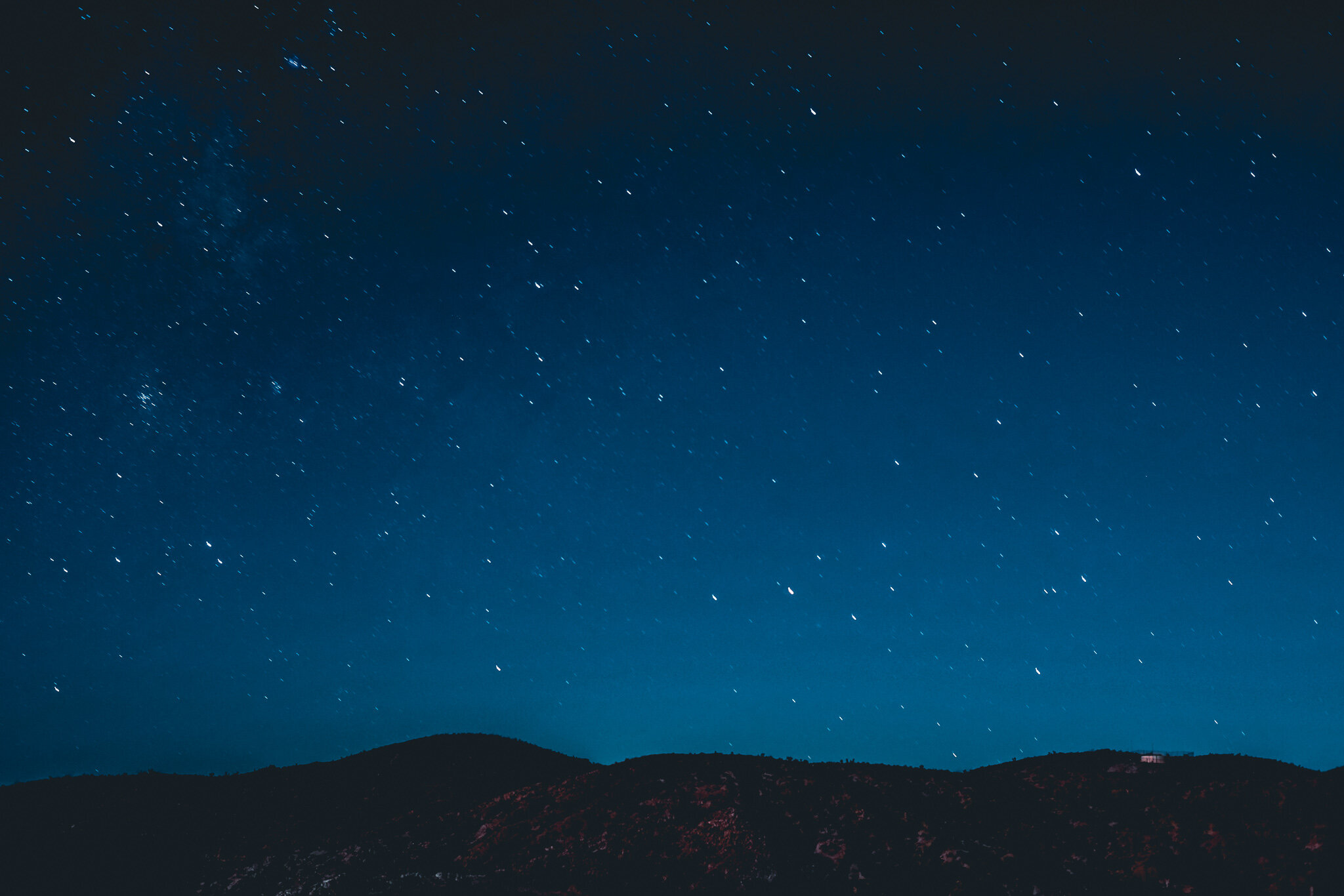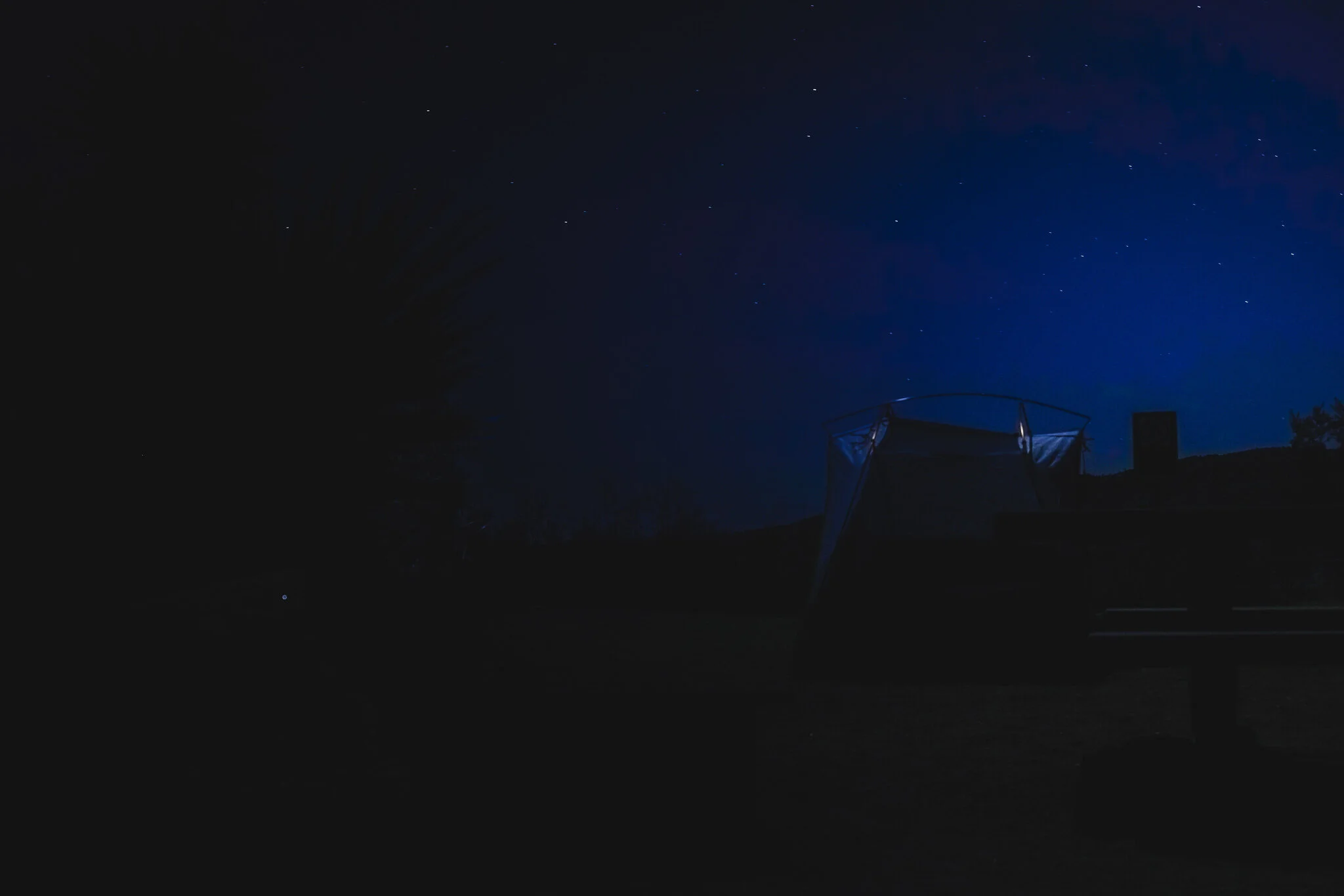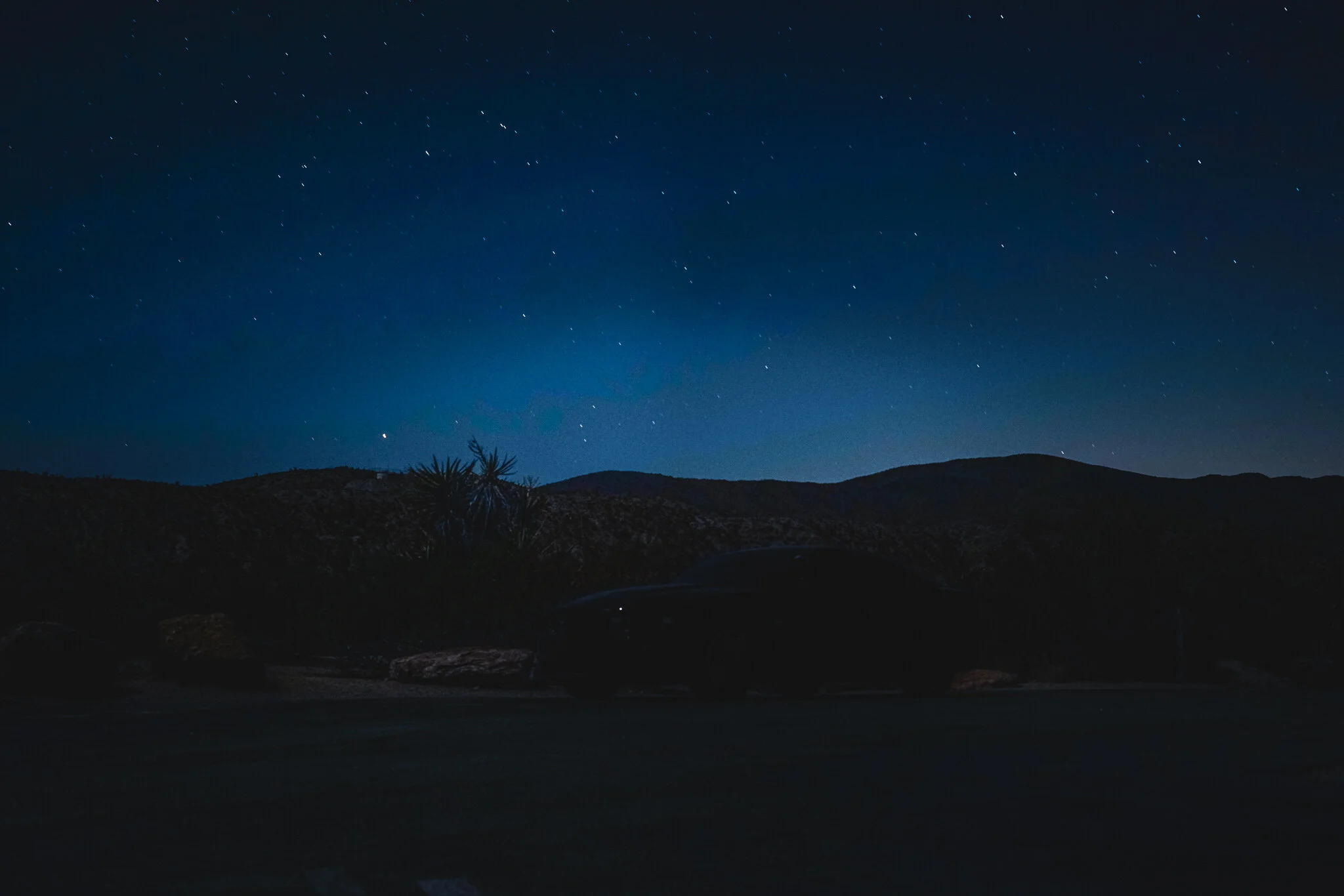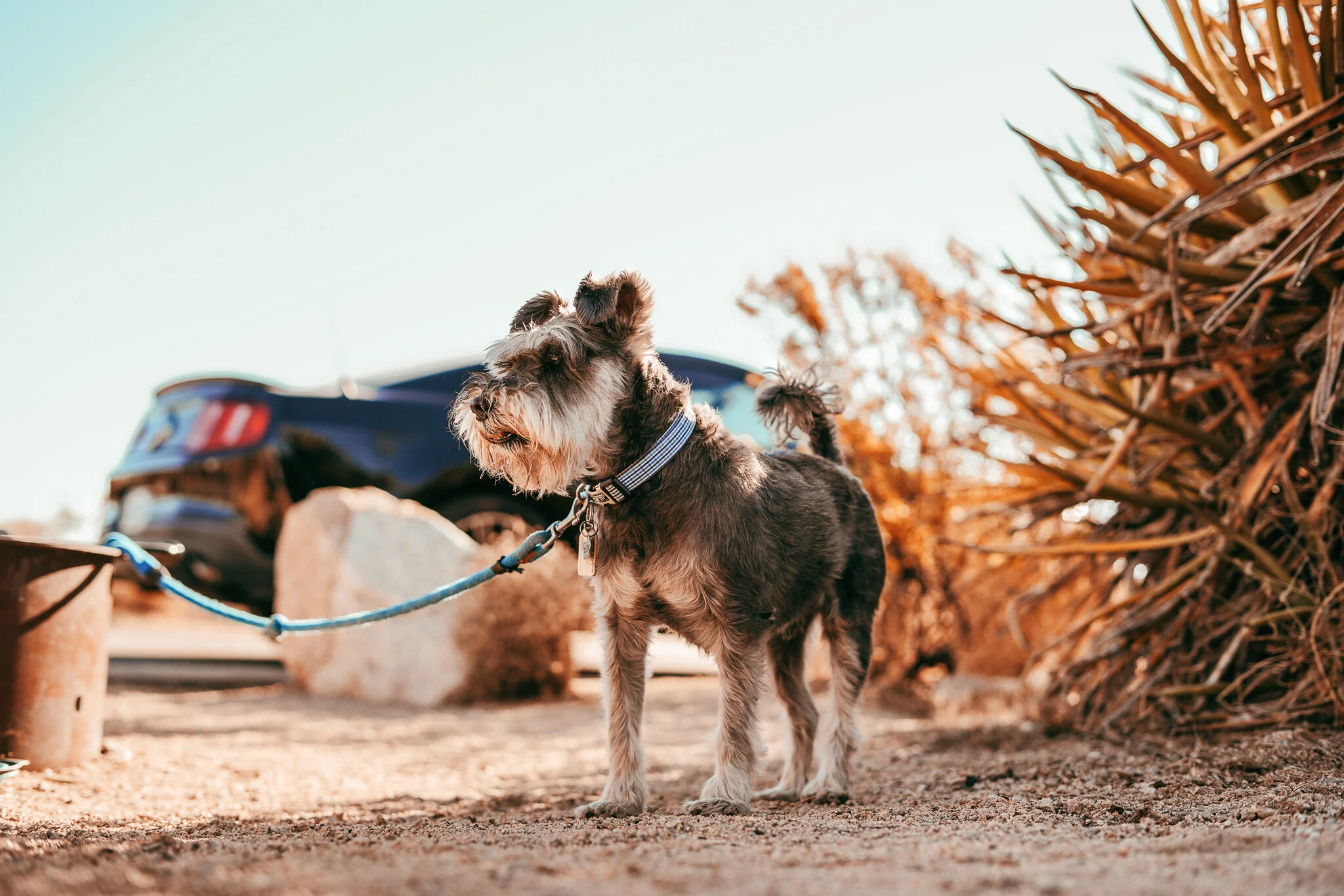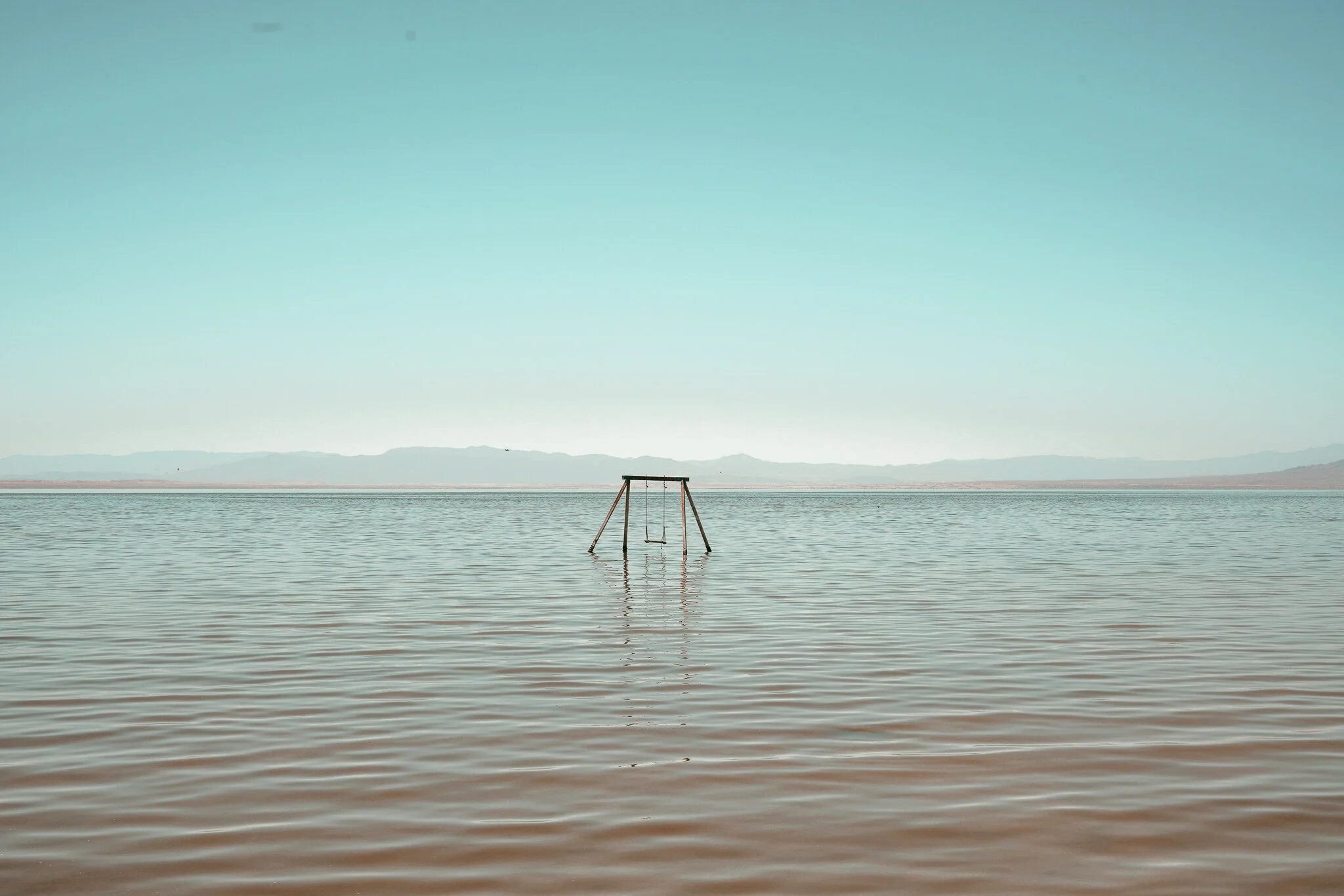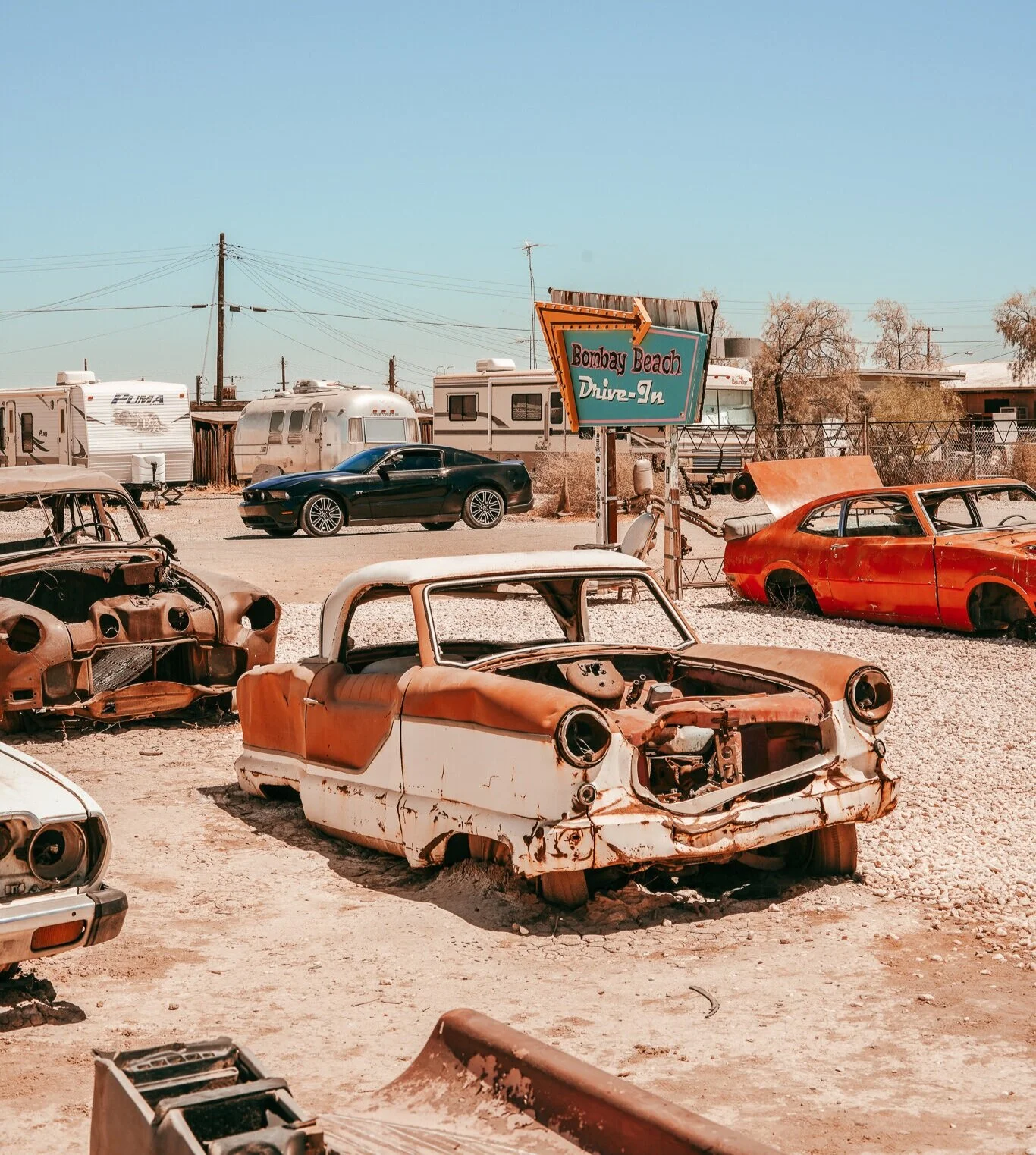Joshua Tree & Salton Sea
A 24-hour Southern California road trip through the desert, a national park, apocalyptic resort town ruins, and one of the best stretches of roadway i’ve set the pony’s tires to.
Joshua Tree National Park
In the high desert northeast of Palm Springs, Joshua Tree National Park offers a stunning backdrop for camping, bouldering, hiking, and stargazing. My goal was to hit both J-Tree and Salton Sea in one day so I stayed at Cottonwood Campground at the southernmost end of the park, closest to the sea.
Getting to the campground was easy, it’s a short ride from the south entrance to the park. Being summer, there were still plenty of sites available as few venture during hot summer months. Palm Springs was a toasty 100° at 9:30pm, but up 3,000 feet it was a more bearable 80°.
I arrived around 10pm and set up camp.
Stargazing was excellent. I’d venture the northern campgrounds may have a better view. The bright moon competed with the stars, but I could still faintly see the milky way and constellations as I sipped a rocky mountain cool brew. A delightful group of fungi enthusiasts kept the entire campsite up until 4am. Ralf and I were left to operate on 2 hours sleep, but it was all good. Why not sit out and gaze at the night sky - lost in the ODESZA?
Upon sunrise, to my dismay, Joshua trees are nowhere to be found, nor any U2 band members.
Apparently this area is part of the Sonoran Desert which doesn’t have Joshua Trees. The comfortable 60° overnight temperature rose to a solid 105° by 7am. Mr. Paws kept to the shade and targeted his eyes on the rabbits while I cooked breakfast and packed up the camping gear.
Salton Sea
When I first moved out to the west coast I came across some material that talked about the sea and how it came to exist. The history was interesting enough to have it land on my list of places to check out.
An irrigation canal connected with the Colorado River flooded in 1904 resulting in the creation of the massive lake. Cities and destination resorts boomed in the 1950s around the sea, but just as they came - they were abandoned when fish were dying and washing ashore by the thousands due to rising temperature, salt levels, and toxic agricultural runoff. The horrific smell still remains to this day, and the shoreline consists of fish bones, not sand.
Apparently nobody thought a lake in the middle of the desert would boil. Who knew?
There are still people that live here today, but the area is mostly ruins, floodplain, and to the south ag-farmland. It smells like sulfur, or a farm/zoo if you are unfamiliar with that gift from nature. From what I’ve read, the air quality is about the worst in the country with dust and toxic particles being swirled around from the runoff.
I figured it was all part of the experience and pressed on.
You can actually camp here although I’m not sure how many people actually do. Campsites are located right along the waterfront getting you front row seats to the delicious sulfuric action.
Bombay Beach
Most of what you can see is on the east side of the lake. Bombay Beach was the most interesting with it’s apocalyptic vibe and numerous art installations. One of which is an airplane that was featured at Burning Man in 2018. Of the places you can see ruins, Bombay Beach has the most to check out.
The town is small and at the far end of the grid you will find the lakeside ruins. It was clear this area was once underwater - boat launches, sunken vehicles, and domicile ruins scattered the area.
I found the Bombay Drive-In the best art installation. Drive-In movies hit their peak in the 50s and 60s right when Bombay Beach and other resort towns were thriving along the Salton Sea. This apocalyptic art installation is a nod to that history and themes of the time. Surprisingly, it’s actually used to show movies. Apparently people come out to hang, consume recreational substances, and watch films on these old rusted crates.
I did recognize a few quality motors in the lot.
Salvation Mountain & Slab City
Way out in the desert east of the Salton Sea is Slab City and Salvation Mountain, a massive art piece built into a hillside that’s dedicated to a message of love and Christianity. The man-made mountain consists of an incredible 500,000 gallons of paint. Leonard Knight, the artist, worked several murals accompanied by Christian sayings and bible verses into the hillside and other vehicles. It’s a strange remote place, but seems fairly safe. I do not recall eyes in the hills, but I was also there during the day.
Anza-Borrego Desert
Along the highway 78, you will find Anza-Borrego Desert. I drove around the eastern side of the Salton Sea through the farmlands and back home along this quiet and scenic two lane roadway. The drive has stretches straight as an arrow rolling up and down the hills, and plenty of segments with hairpin and winding turns.
Highly recommended for motor and scenic drive enthusiasts. Some of the best parts are up in the mountains just east of Julian where the road narrows and twists like an Formula 1 race track. No doubt dangerous.
I was watching a rescue worker twirl around like a trapeze artist strung from a helicopter doing rescue maneuvers in one of the deep canyons.

